The Church
This medieval Fenland church is light-filled with numerous carved faces peering out of the stonework. The north aisle has a thirteenth-century doorway and fourteenth-century windows. The noble nave arcades and the west tower, with its superb stone-panelled arch and vaulted ceiling, are from the fifteenth century.
Tradition has it that the chancel was destroyed by a flood in 1613 and the south aisle was largely rebuilt in about 1800. The churchyard has some intricately detailed gravestones and an obelisk to John Peck, the parish constable (who died in 1851).
Its plan consists of a nave with a clerestory, north and south aisles with a vestry at the east end of the north aisle, north and south porches, a chancel, and a west tower. The tower is in three stages on a plinth. It has angle buttresses, an embattled parapet, and a stair turret on the northeast. In the lowest stage is a west doorway and, at a higher level, three-light windows on the north, south and west sides. There is a lancet window on each side of the middle stage.
Inside the church, both arcades have seven bays. The lower stage of the tower internally has vaulting carved with devices including Tudor roses and grotesques. In the body of the church, the roofs have corbels carved with grotesque heads. In the north aisle is a piscina with a sharply pointed head.
There is a Perpendicular period octagonal font and a pulpit from 1677. Also in the church is an iron-bound chest dating from the 16th or 17th century. There are fragments of 15th-century stained glass in three of the windows of the north aisle. Each consists of a shield, one bearing the arms of the Diocese of Ely, one representing the Trinity, and the third containing three chalices and wafers.
There is a ring of five bells cast in or about 1787 by Thomas Osborn.
Our Work
Natterer’s and pipistrelle bats roost in the church. Although there are not many droppings on the walls, they are found on most horizontal surfaces, with some urine stains on the black marble ledger stones and the painted north aisle door.
The project participated in community events and organised a bat walk.
Parson Drove case study
Upcoming events
If you’d like to contact or find out more about the church, visit their page on the Churches Conservation Trust website
